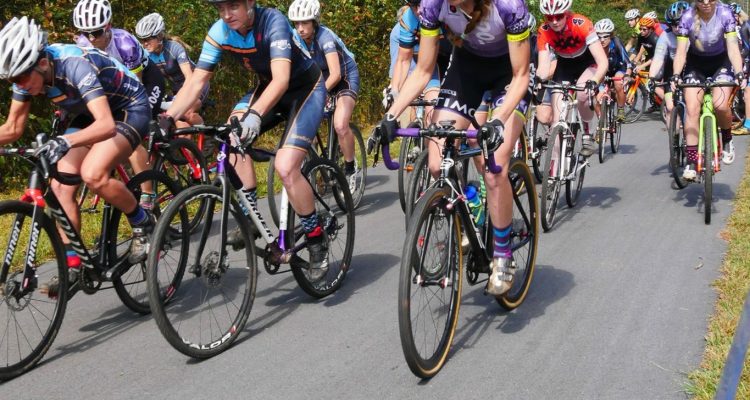From a 3 year old playing in a local, youth soccer league to a 104 year old master’s, track athlete running the 100 meter dash (yes that really happened!!), athletes come in all shapes, sizes, and age brackets. How cool is it that we can compete at any age! I find it incredibly inspiring and encouraging to watch athletes of all ages and ability levels challenging themselves to reach a competition goal. At SPARC, we have several adult athletes that will never compete on a professional level but accomplish some amazing feats of strength and endurance. Tennis, basketball, cycling, triathlon, and various length running races are often on the menu for many of our clients. With that in mind, there are a few aspects of training that are particularly important for the adult athlete to keep in mind and put into practice.
- Flexibility, Mobility, and Myofascial Work- If this is not part of your training, you definitely need to add it! 10 additional minutes added to your training each day can make a huge difference in your performance, recovery, and resilience. As we age, flexibility (absolute range of movement in a joint or series of joints) and joint mobility (ability to move a joint through the full range of motion) decreases due to reduction in elasticity of muscles, tendons, and ligaments. Added on top of this is the fact that most adults sit at a desk majority of the day, expediting a reduction in mobility. To stay healthy, strong, and reduce the risk of injury, include daily foam rolling and mobility drills prior to and following training.
- Speed and Agility- Speed is the ability to move quickly, and agility is the ability to react, absorb, and change direction. Unfortunately, as we age, we tend not to “play” anymore (i.e. spending free time jumping rope, playing on the playground, rolling down hills, etc.) therefore we don’t get repetitive speed and agility practice on a day to day basis. In addition, most adult athlete’s training, other than during competition, focuses on producing force and negates reacting, absorbing, and changing directions. Including two speed and agility sessions per week into your training will help to improve performance and reduce injury risk.
- Strength Training- If you’re trying to maximize your training time, take a second thought before your cut strength training from your program. Particularly as we age, strength training is one of the most vital aspects of an athlete’s program. Sarcopenia is an age related, involuntary loss of skeletal muscle mass and strength. This begins as early as the 4th decade of life and is physiologically characterized by an overall decline is size and number of skeletal muscle fibers, mainly type 2, fast-twitch fibers. Type two fibers are extremely important for maintaining strength and speed. Including strength training in your program will help to reduce age related sarcopenia.
- Sleep- Family, work, social obligations, training, and the list goes on for the commitments of adult athletes. But in order to perform at your best and ward off injury, sleep and recovery must join the list. Not taking adequate time to recover, may negatively influence your performance more than any positive gain observed from the previous 3 bullet points. This doesn’t mean taking a week off prior to an event. What it does mean is making 8 hours of sleep a regular habit and building active rest (mobility work and light training) and recovery weeks (reduction in volume and/or intensity) into your training.
“Age isn’t how old you are but how old you feel”- Gabriel Garcia Marquez. One thing I love about kids is that they are always up for anything, and they do not fear a challenge. Competing allows kids and adults to challenge themselves mentally and physically to overcome fear and have fun. The goal is for everyone to be able to enjoy athletics as long as possible. In order to do this, the number one thing for adult athletes is to train smarter not harder!!

